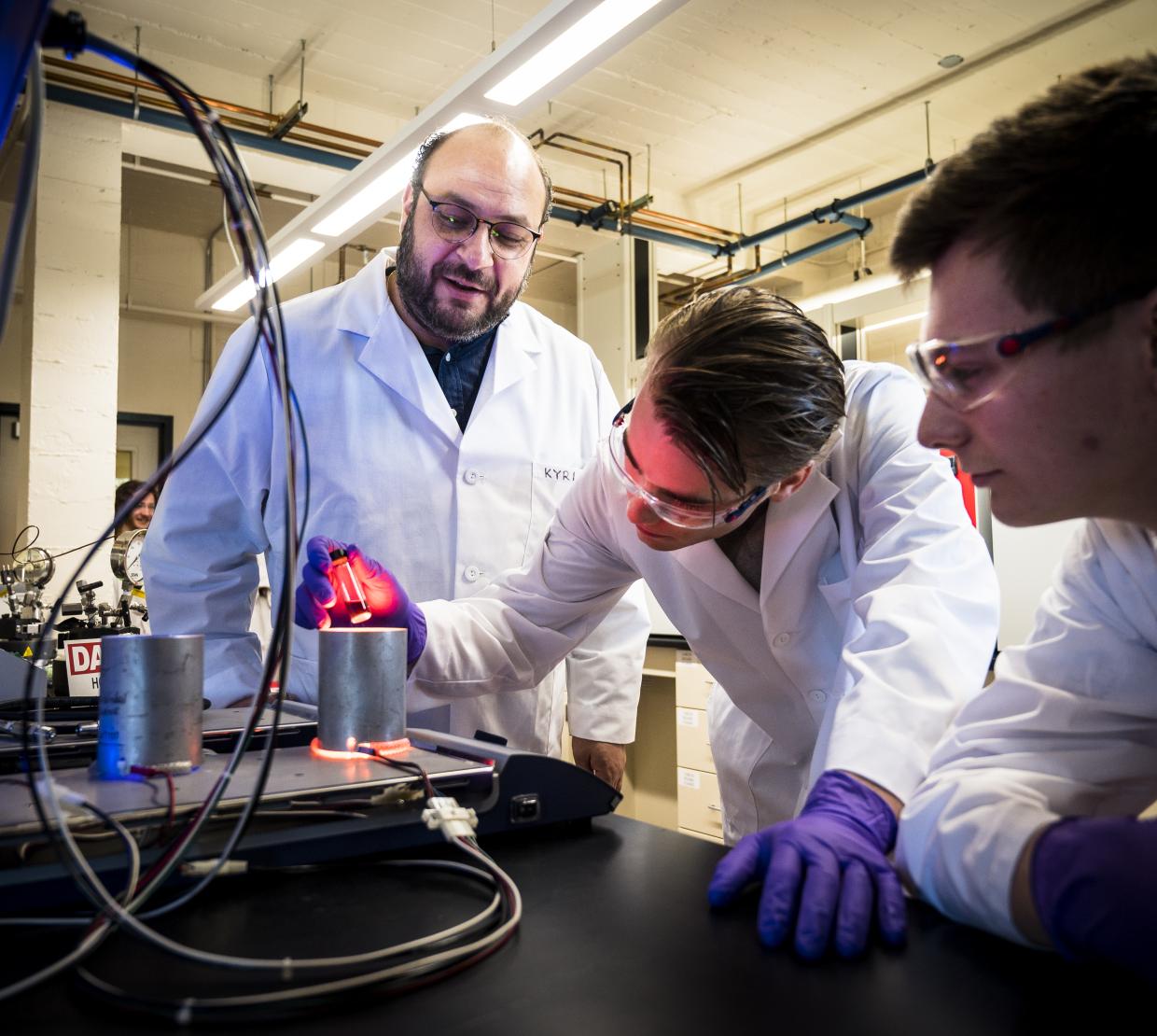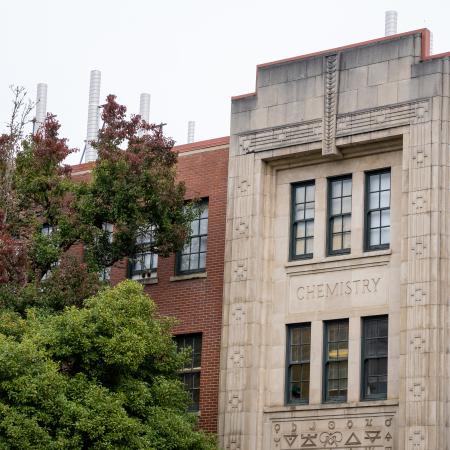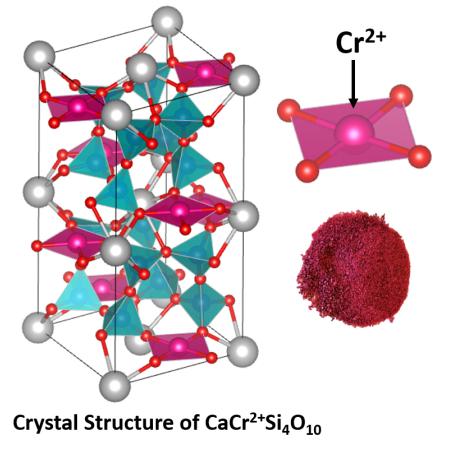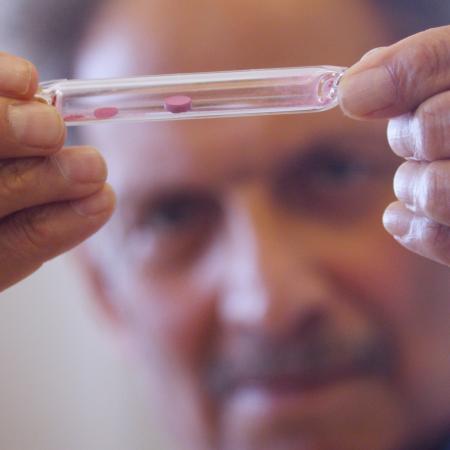Researchers in the Department of Chemistry have developed a dual-purpose catalyst that purifies herbicide-tainted water while also producing hydrogen.
The project, which included researchers from the OSU College of Engineering and HP Inc. is important because water pollution is a major global challenge, and hydrogen is a clean, renewable fuel.
Findings of the study, which explored photoactive catalysts, were published today in the journal ACS Catalysis.
“We can combine oxidation and reduction into a single process to achieve an efficient photocatalytic system,” OSU’s Kyriakos Stylianou said. “Oxidation happens via a photodegradation reaction, and reduction through a hydrogen evolution reaction.”
A catalyst is a substance that increases the rate of a chemical reaction without itself undergoing any permanent chemical change.
Photocatalysts are materials that absorb light to reach a higher energy level and can use that energy to break down organic contaminants through oxidation. Among photocatalysts’ many applications are self-cleaning coatings for stain- and odor-resistant walls, floors, ceilings and furniture.
Stylianou, assistant professor of chemistry, led the study, which involved titanium dioxide photocatalysts derived from a metal-organic framework, or MOF.
Read the full story here.




